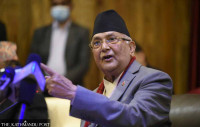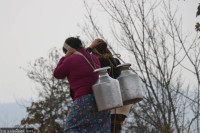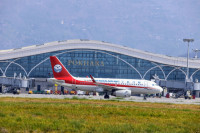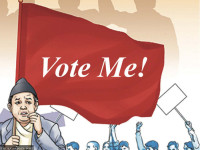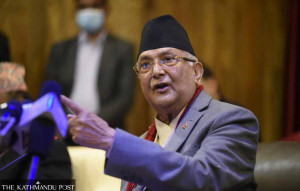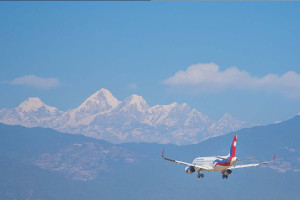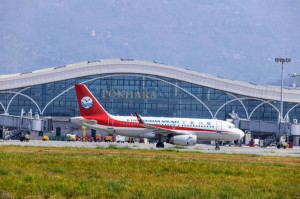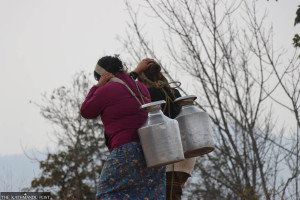Editorial
Hollowing out
Nepali universities must convince students that the courses they offer are worth pursuing.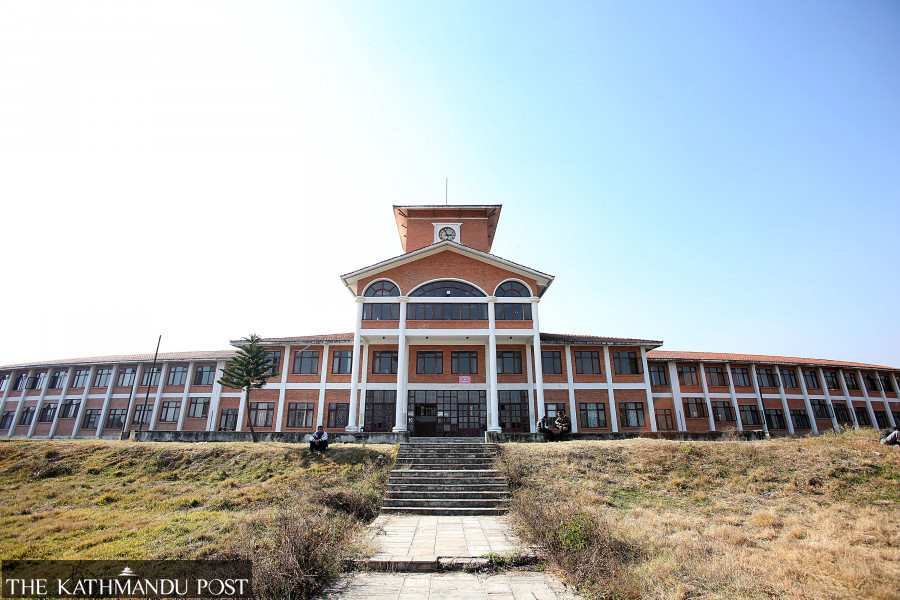
The once bustling universities of Nepal are now emptying. Because of the shortage of students, they are struggling to fill the required seats, and thus considering closure of several programmes or opting for college mergers. The priority of students has clearly shifted to foreign universities, with 122,000 students receiving No Objection Certificates (NOCs) to study abroad in 2022, while around 13,000 more went to India. The number is nearly one-fourth of the total number of university students studying in the country (441,819). Time has come to explore creative ways to retain them—or our universities risk an irreversible decline.
Partly, what is happening is a fault of Nepali universities. Most of them fail to keep up with the academic calendar, hold exams late, delay results, and often serve as grounds for proxy battles between political parties. As a result, they are falling short of the expectations of both students and parents. Tribhuvan University (TU), Nepal’s oldest and largest, has been bedevilled by mismanagement and political interference. Kathmandu University (KU), long the benchmark for quality higher education in Nepal, too has seen a steady decline in its credibility thanks to some very questionable decisions of its immediate-past leadership. KU officials say approximately 30 percent of the university’s seats are now vacant. Enrollment rates at Pokhara University and Purbanchal University are unsatisfactory as well.
First of all, in order to stay relevant, Nepali universities must convince people that the courses they offer are worth pursuing. To ensure jobs for students after graduation, universities worldwide are now focusing more on science, medicine, and business and trimming their humanities and social sciences (HSS) disciplines. HSS is already struggling to survive in Nepal, with only 10.96 percent of total students enrolled in them. Again, the goal should not be to do away with the HSS subjects—which would be a disaster. Perhaps a way out could be developing fewer but stronger HSS programmes.
Nepali universities are inflexible too. In this day and age, why do students need to come to college at all? Why can’t our universities design tailored online courses that can be pursued from anywhere and at a reasonable cost? Why can’t, for instance, a housewife in Jumla district of Karnali province—much of which now has decent 4G internet connection—pursue a course in Nepali history online? Even the best universities in the world have had to go online to keep up with the changing needs of their prospective students.
Developing joint degree programmes in collaboration with foreign universities could be the other alternative. As Nepali youngsters seem to be enamoured with Western education establishments, why not tie up with them on select courses? KU has been doing this to an extent, which others could follow. Further, Nepali universities could recruit diverse faculties trained in institutions around the world in order to offer students a broader, global perspective.
The challenges of Nepali universities go beyond academics. Management and financing issues must also be addressed, for example, by developing partnerships with the private sector. This will also make the courses more tailored to the job market. And the rampant politicisation of our universities must stop. Universities should be places to boost students’ brains, not the brawns of party cadres.




 16.12°C Kathmandu
16.12°C Kathmandu

